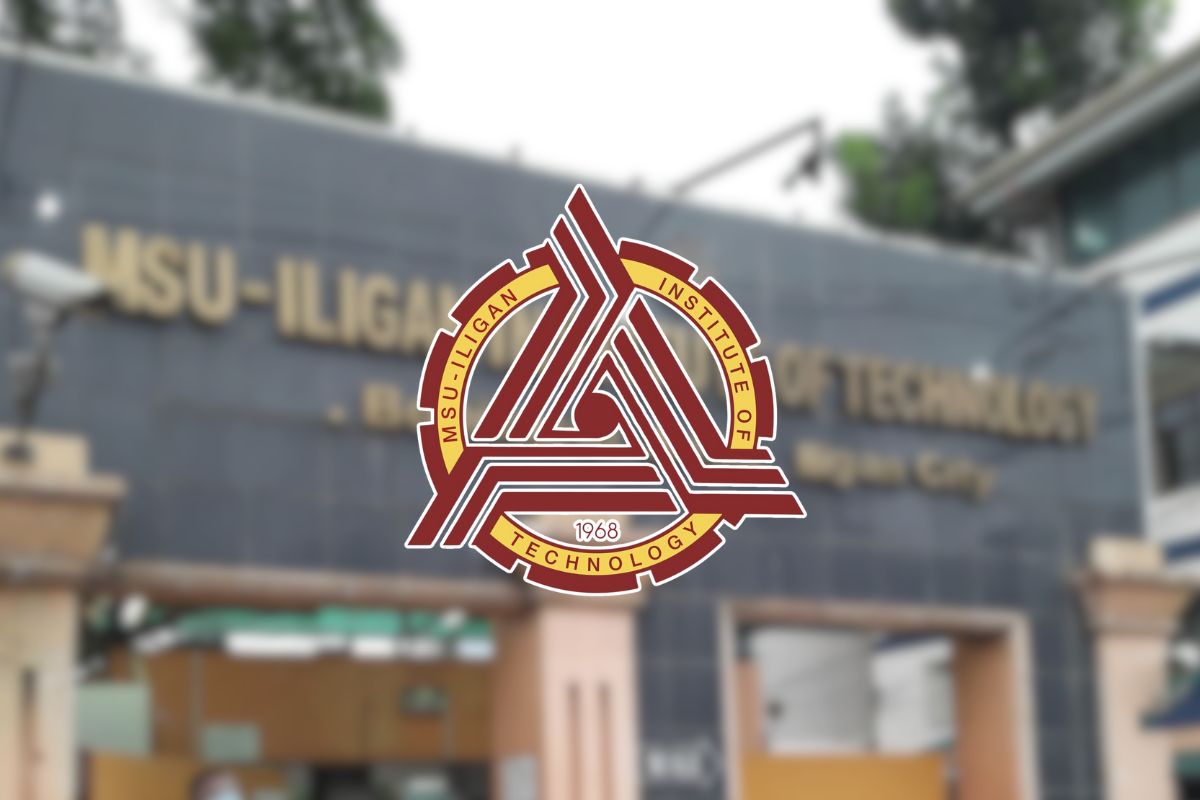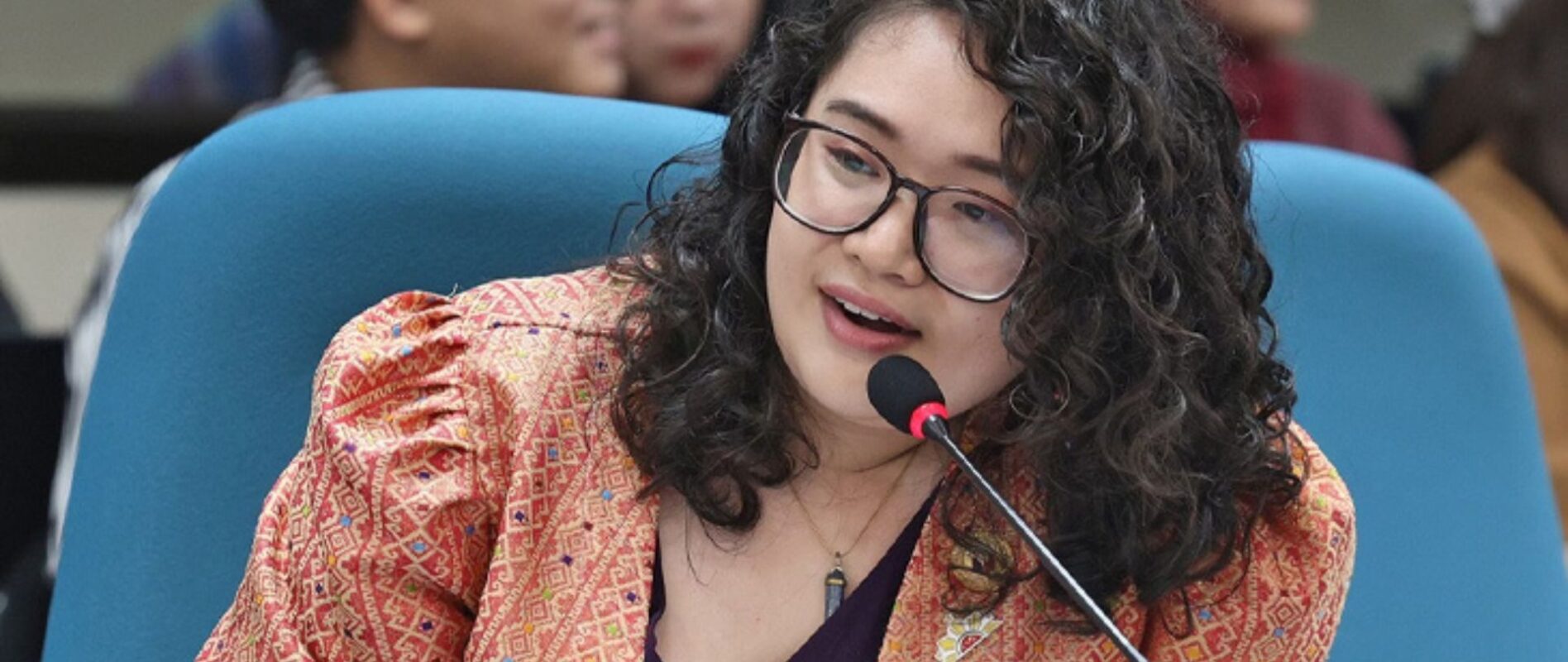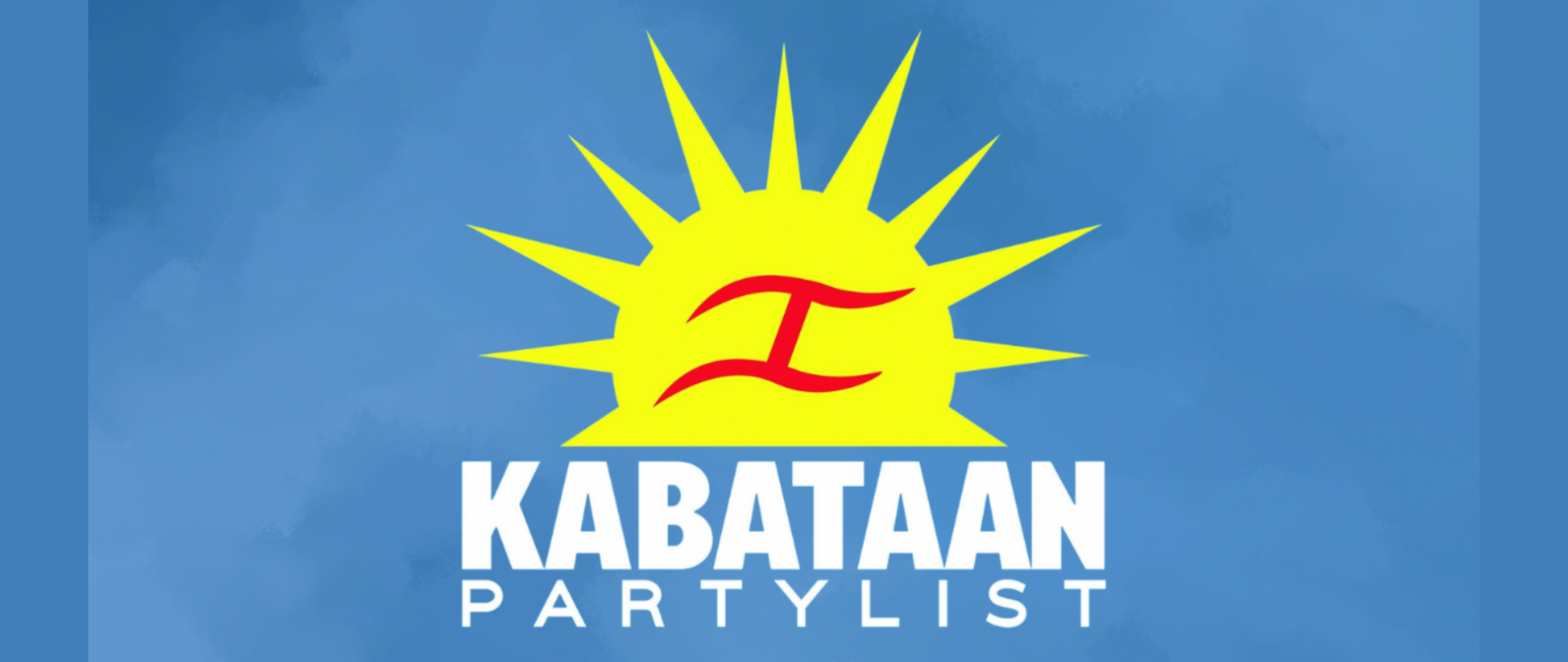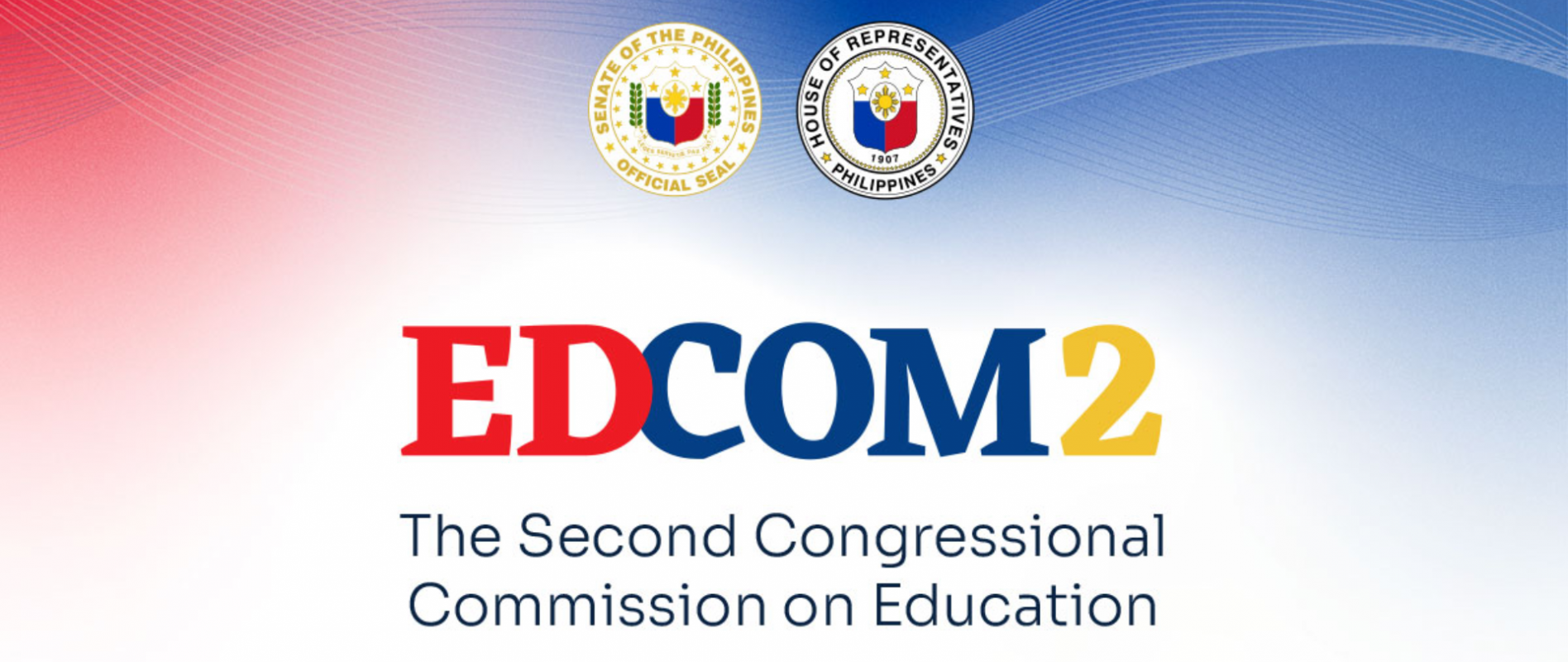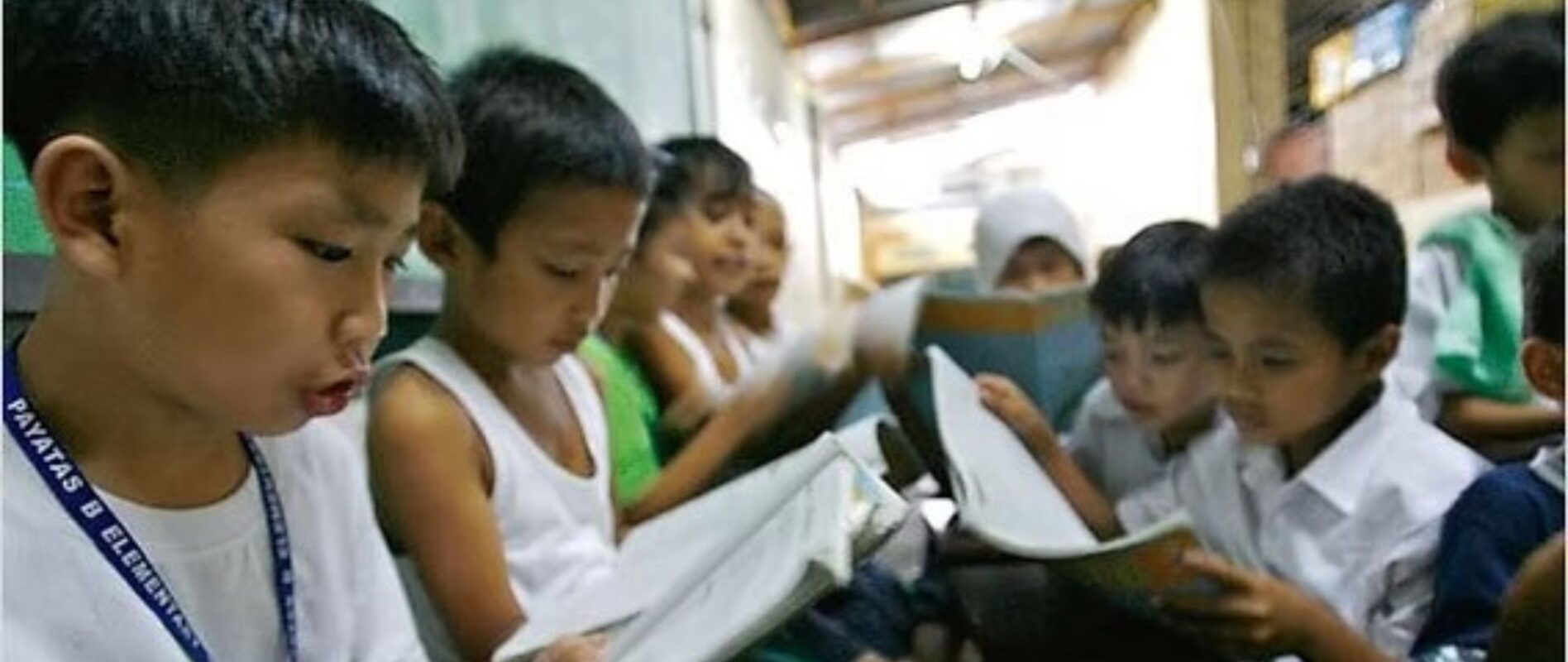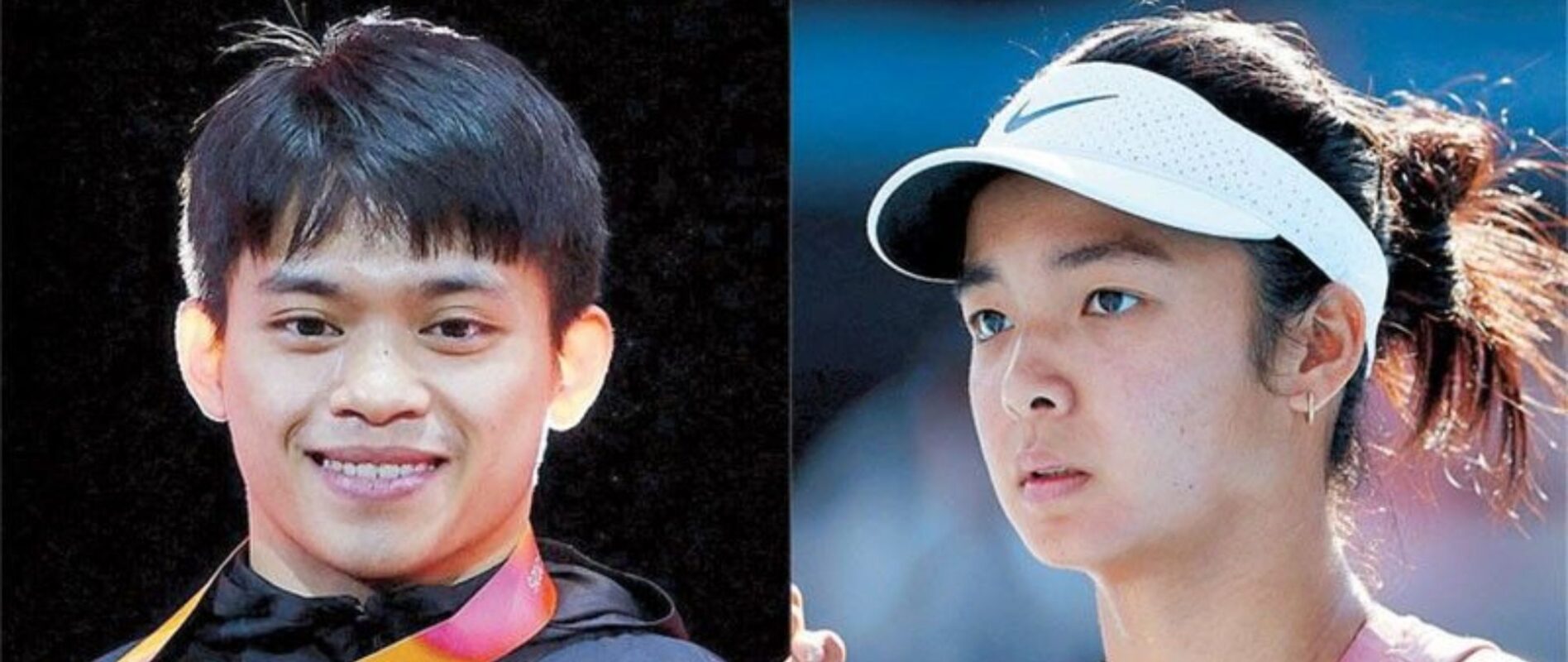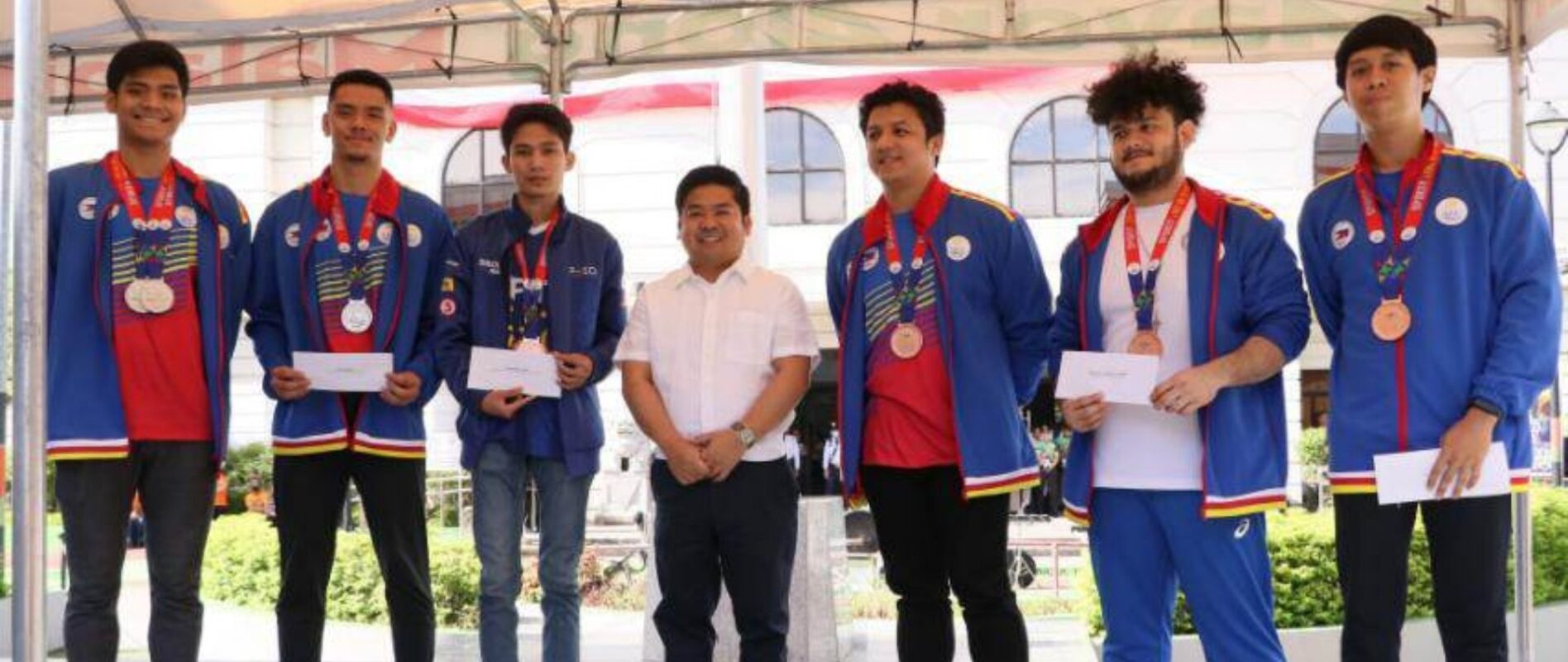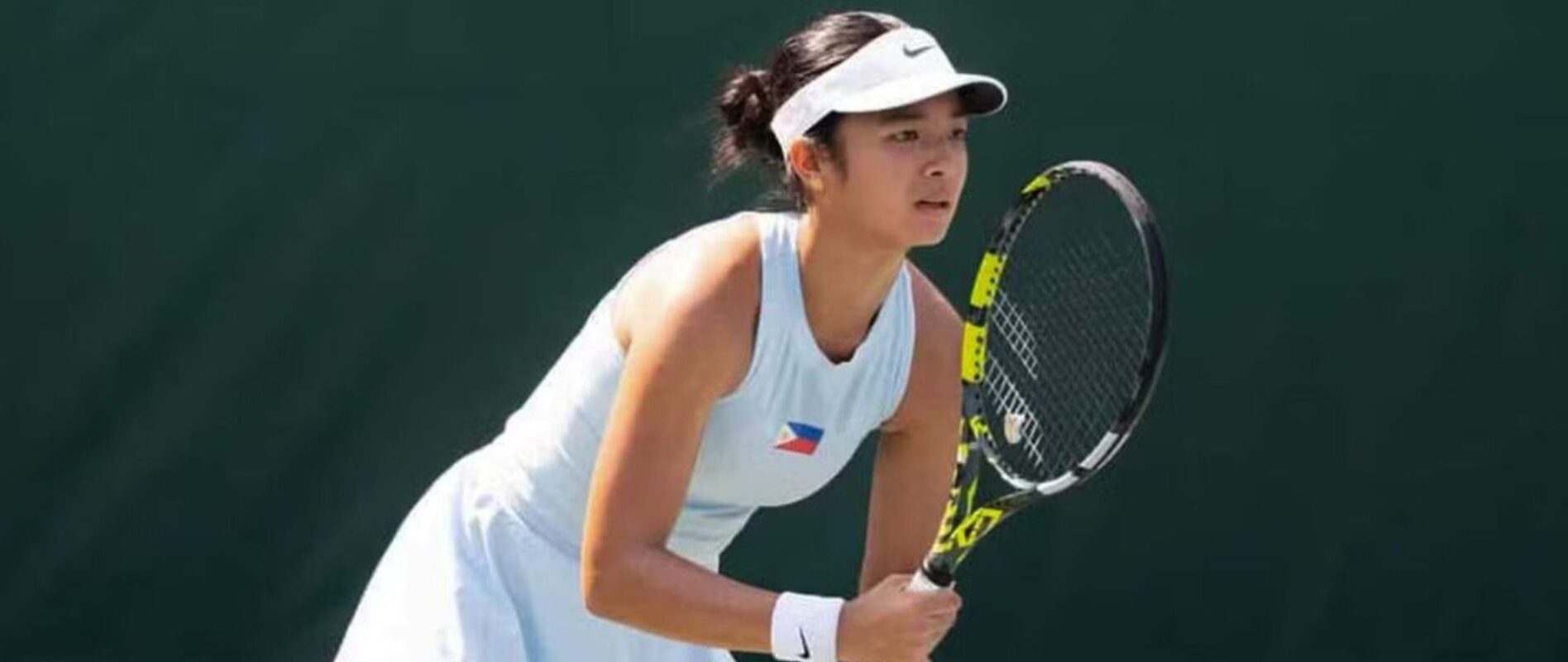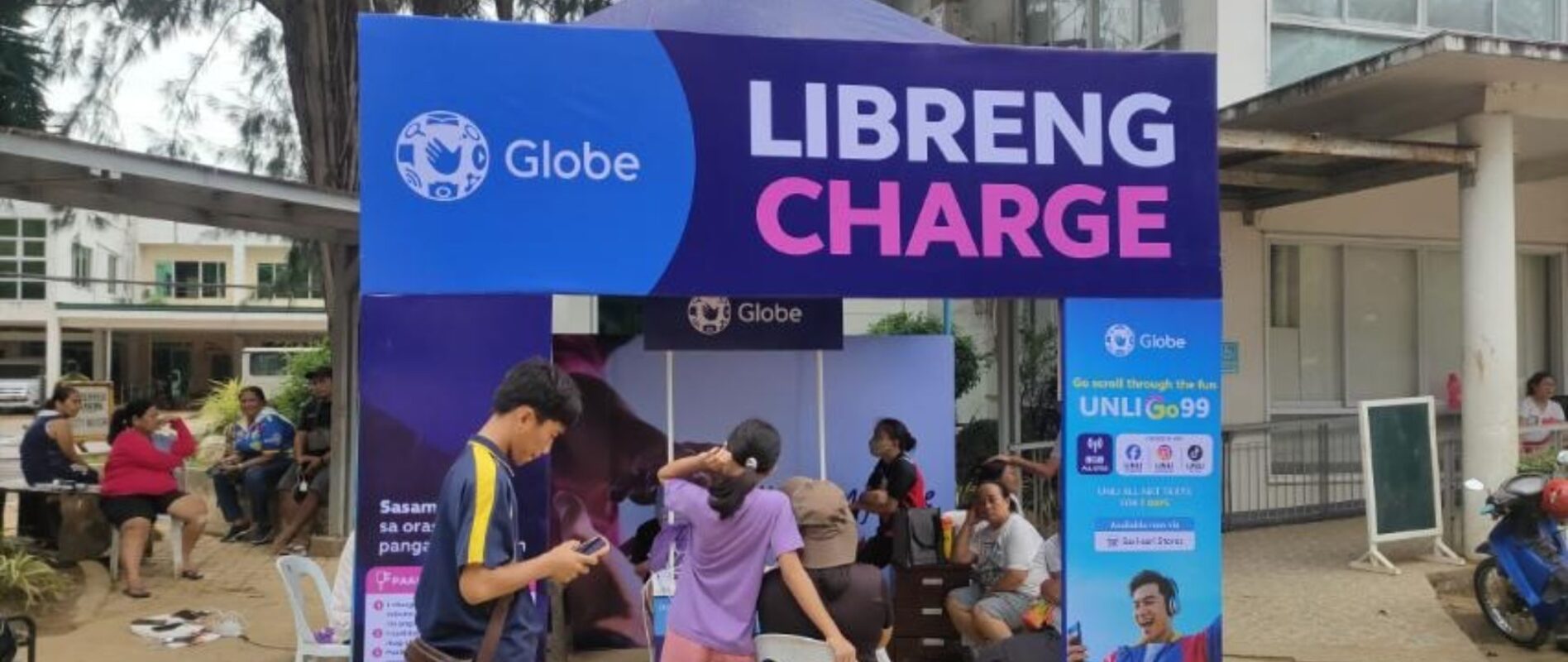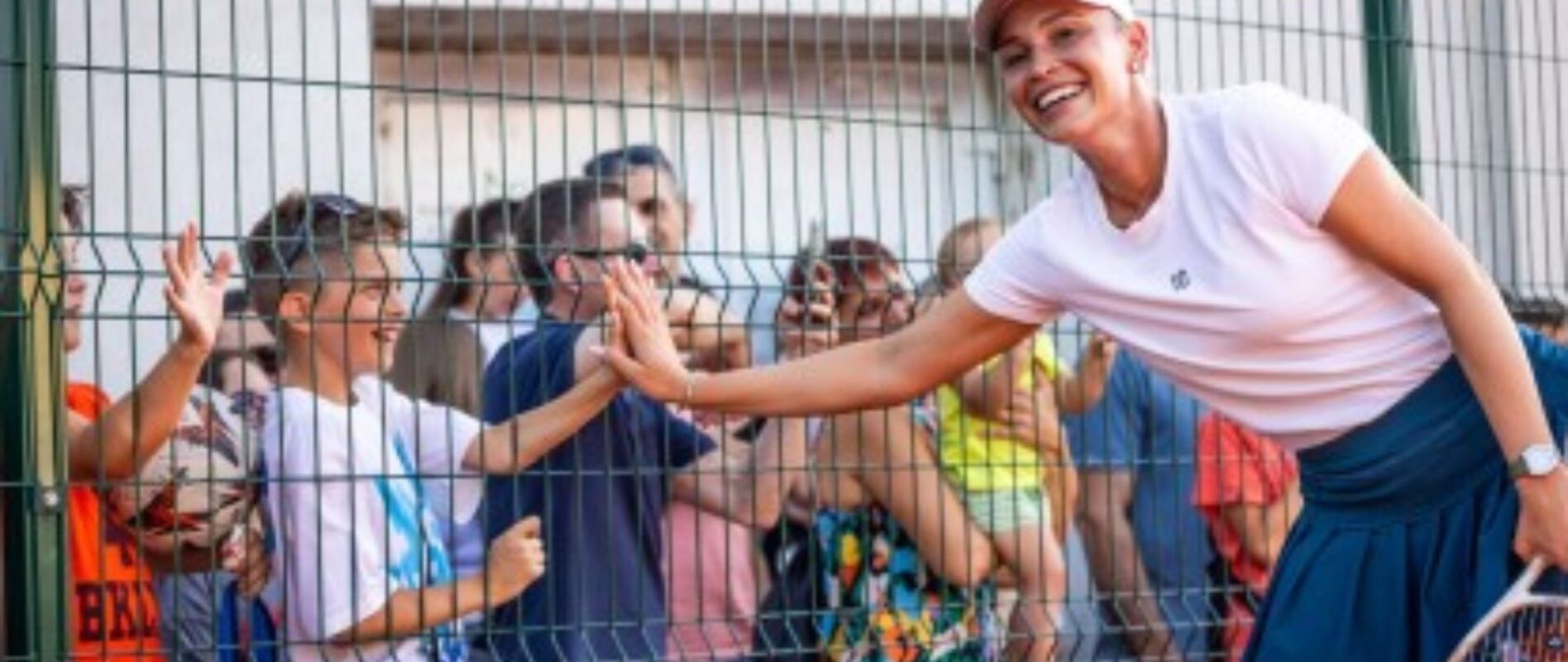DEPED LAUNCHES GALAW PILIPINAS
TO BOOST learners’ physical fitness amid the pandemic, the Department of Education launched a national calisthenics program that will be part of the daily exercise routine in schools and community learning centers.
Galaw Pilipinas is a four-minute calisthenics routine that shall contribute to the 60 minutes of moderate to vigorous physical activity prescribed daily for children 5-17 years of age.
“The Department developed Galaw Pilipinas as a response to the impact of the pandemic to our learners’ reduced physical activities that affected their overall health. Our role in promoting physical fitness and a healthy lifestyle among our learners has become even more relevant and essential. One avenue of promoting physical fitness among learners is by doing calisthenics,” Education chief Leonor Briones said.
The Office of the Undersecretary for Curriculum and Instruction, through the Bureau of Curriculum Development, developed Galaw Pilipinas through a series of workshops attended by Physical Education supervisors and Special Program in Sports implementers.
“Galaw Pilipinas stresses the value and the need of our learners, teachers, and school officials to pay attention not only to our cognitive and affective pursuits, but also to make sure that our bodily-kinesthetic capacities are strengthened,” Undersecretary Diosdado San Antonio said.
The program’s routine was inspired by simple steps in Philippine folk dances, festival movements and the national martial art and sport Arnis.
During limited face-to-face learning, the routine can be performed by learners and the entire school community in every flag-raising ceremony, flag retreat, before the start of the class, or any school-initiated activity.
Meanwhile, under the distance learning modality, this shall be performed by all learners as stipulated in the weekly home learning plan provided by teachers.
To ensure inclusivity, the intensity of the execution of Galaw Pilipinas shall vary according to the type of learners and their essential stages. The steps and movements may be modified according to the needs and contexts of learners with disabilities.



